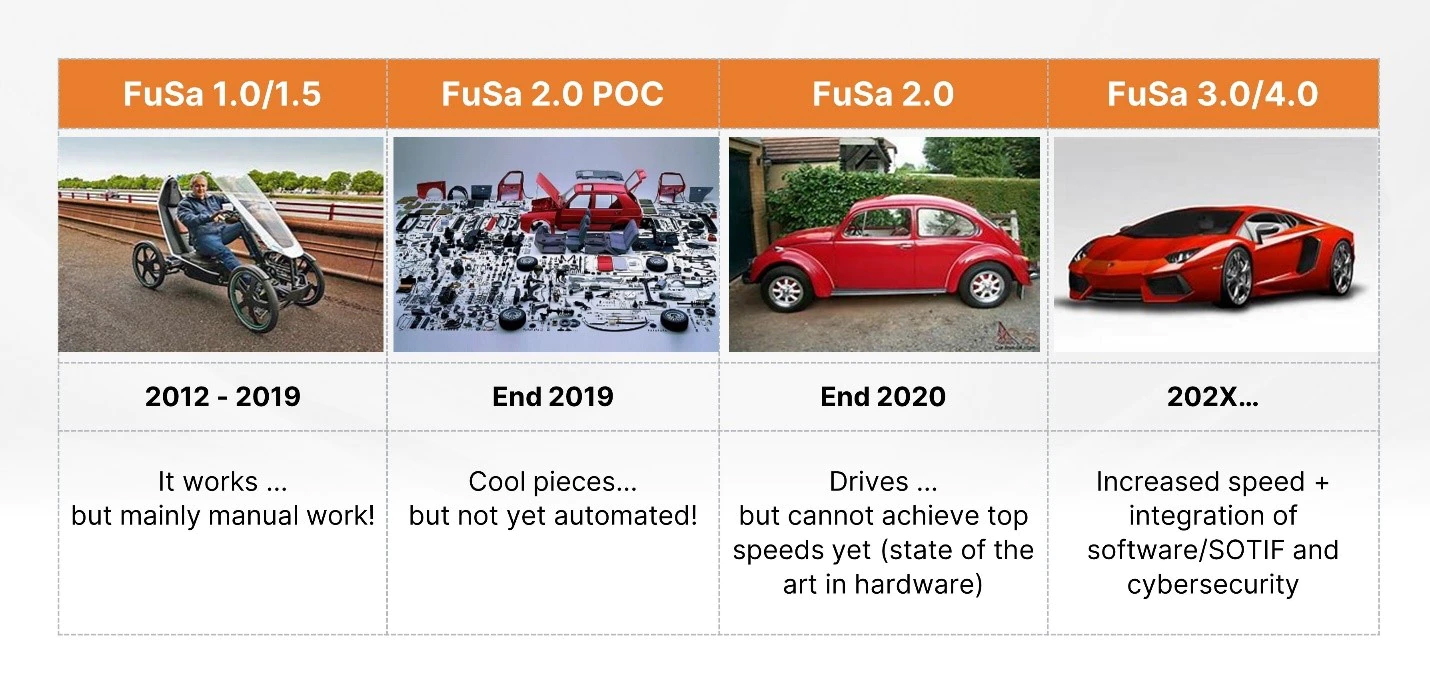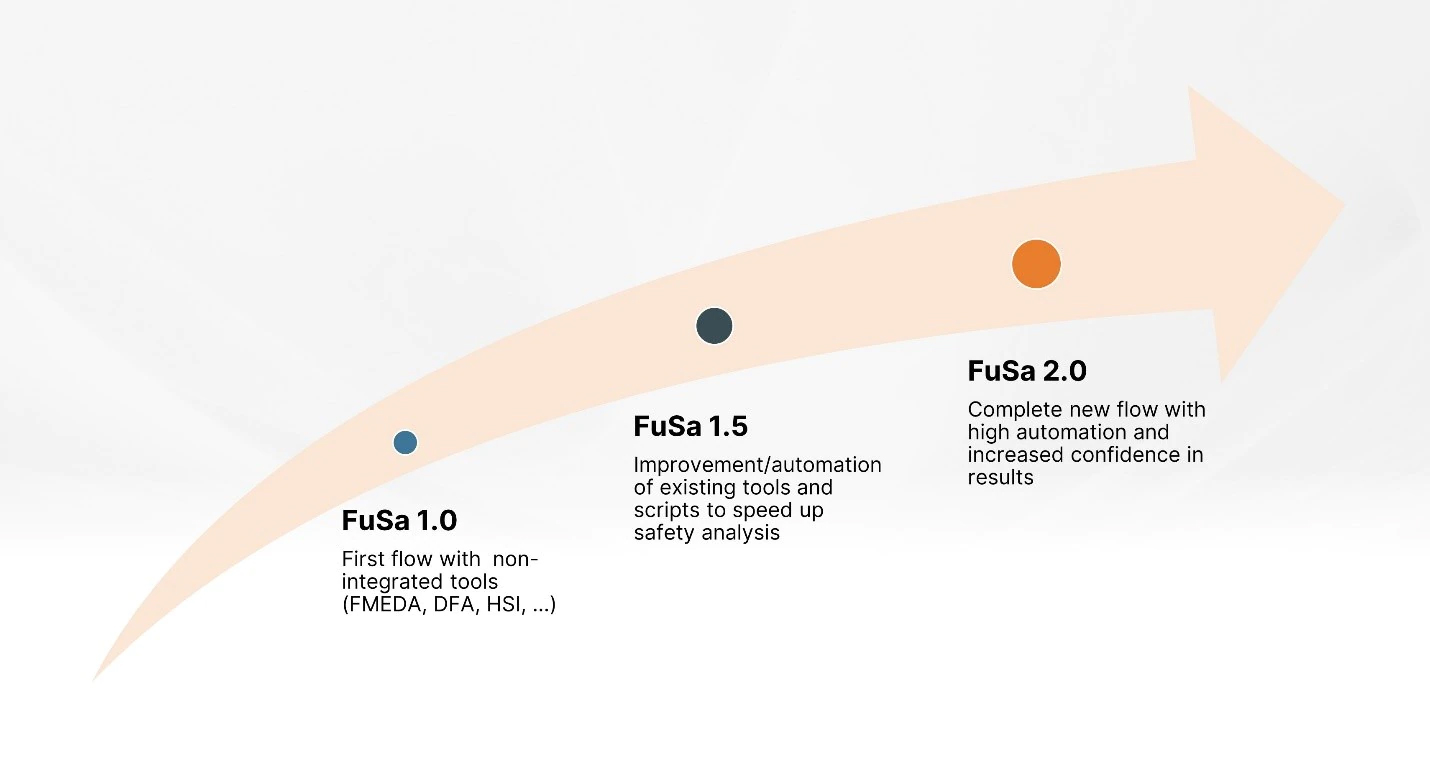ISO 26262 Functional Safety: Turning Compliance into Concrete Added Value
Safety everywhere
The number of safety critical projects in the automotive industry is increasing exponentially over time. According to the 2020 Wilson Research Group Functional Verification Study, from all the automotive safety critical design projects currently developed, more than 60% of them require ISO 26262 compliance.

Figure 1: Safety-critical development standard used on IC/ASIC project
ISO 26262 defines functional safety (FuSa) for all automotive electronic and electrical safety-related systems, covering their entire lifecycle including the development, production, operation, service and decommissioning. There are many reasons why ISO 26262 compliance is a “must-have”. Aside from the safety, one important reason is that it is a necessary market parity-point to compete.
Although the importance of functional safety is well understood, the standard compliance activities are sadly perceived as a burden with cumbersome paperwork. This perception is somehow understandable: the standard requires more stringent development processes, more development activities, more time for reviews and assessments, more verification and validation tasks, more traceability in many aspects. In short, extra effort and time are required to ensure safety. Moreover, this compliance requirement also increases the complexity of automotive projects and time-to-market while all players in the automotive industry want shorter development cycles and cost-effective solutions.
Safety activities are often added as extra layers onto the existing automotive development flow, without real integration. In some more extreme cases, ISO 26262 compliance is an “after the fact” task in the project lifecycle, resulting in poor quality and customer satisfaction. Oftentimes, additional system level requirements end up costing more time and money in order to reach project targets. Obviously, it is paramount to avoid that kind of scenario whenever possible. onsemi supports customers in the prevention of systematic failures by the implementation of a strong and efficient development flow compliant with ISO 26262.
Turning a perceived burden into an engaging product benefit for all stakeholders
Quality, reliability, and safety compliance of a product will always be as good as the technical team handling its development. On the other hand, customers can only benefit from this work if they clearly understand how to use the received information to integrate them efficiently in their system level safety analysis. This means that the Functional Safety Team at onsemi shall serve both the needs of its technical community and its customers, and that both stakeholders’ needs shall correlate to be efficient.

Table 1: Integration of safety activities into development process
Addressing its development teams’ concerns regarding functional safety, onsemi is directly improving the quality and the reliability of its safety products while maximizing customers’ benefits and satisfaction in supporting their own safety concept.
Our Functional Safety Expertise
The main goals of the Functional Safety Team at onsemi address all expectations from its stakeholders:
• Provide accurate, meaningful, and easy to use safety work products.
• Streamline the safety activities for internal development teams without compromising on safety.
• Support customers in their own functional safety strategy at application level with clear safety concept definitions minimizing system overhead.
• Support for
onsemi safety product integration in customers’ applications.
These goals are the driving forces behind the onsemi FuSa process used for the development of safety related products, fully integrated in the new product development process. One essential aspect to the customer’s benefit is to minimize purely expert judgement-based safety analysis and switch to more evidence-based safety analysis, to allow more evidence-based expert calls.

Figure 2: onsemi FuSa process evolution over time
Over time, onsemi has progressed from purely manual safety activities, exclusively based on experts’ judgment in the early years, requiring substantial rationales to support them, to partially or fully automated safety analysis, providing concrete evidence and support to expertise-driven safety architecture, leading to tools-based work products delivered along with safety products.

Figure 3: onsemi FuSa process efficiency over time
onsemi functional safety expertise and support provide tangible benefits for the development of safety critical applications in automotive using safety products, helping customers to further differentiate their automotive solutions through superior functional safety characteristics.
Our FuSa-compliant products:
• AR0233AT: CMOS Image Sensor, 2.6 MP, 1/2.5”, HDR + LFM
• NCV97200: Automotive Multi-Output Power Management IC (PMIC) for Safety Applications
• NCV97400: Automotive Multi-Output Power Management IC (PMIC) for Safety Applications
• NCV7694: Safety Controller for Infra-Red LED Illumination to Complement the Image Sensor for Automotive Applications
• LV8968BBUWR2G: Multi-purpose 3-Phase BLDC Pre-driver, Developed in Compliance with ISO 26262